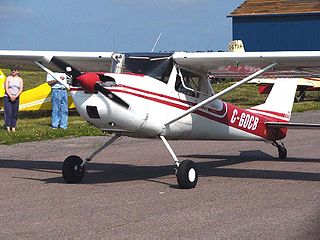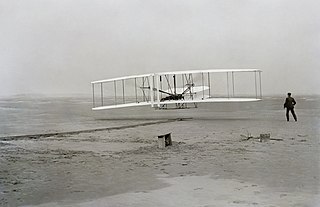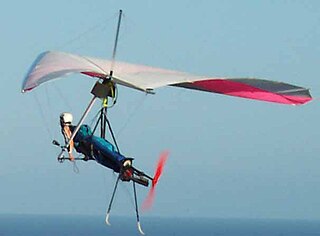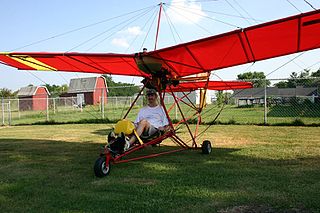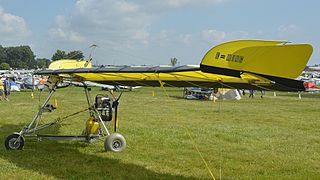| Rally | |
|---|---|
| Role | Ultralight aircraft |
| National origin | United States |
| Manufacturer | Rotec Engineering |
| Designer | Bill Adaska |
| Introduction | 1977 |
| Status | Production completed |
| Number built | more than 2000 |
The Rotec Rally is a family of American ultralight aircraft that was designed by Bill Adaska in 1977 and produced by Rotec Engineering of Duncanville, Texas. Adaska had been an aeronautical engineer at Bell Helicopter and the French helicopter manufacturer, Aerospatiale, prior to starting Rotec. The aircraft was supplied as a kit for amateur construction. [1] [2] [3]

The United States of America (USA), commonly known as the United States or America, is a country comprising 50 states, a federal district, five major self-governing territories, and various possessions. At 3.8 million square miles, the United States is the world's third or fourth largest country by total area and is slightly smaller than the entire continent of Europe's 3.9 million square miles. With a population of more than 327 million people, the U.S. is the third most populous country. The capital is Washington, D.C., and the most populous city is New York City. Forty-eight states and the capital's federal district are contiguous in North America between Canada and Mexico. The State of Alaska is in the northwest corner of North America, bordered by Canada to the east and across the Bering Strait from Russia to the west. The State of Hawaii is an archipelago in the mid-Pacific Ocean. The U.S. territories are scattered about the Pacific Ocean and the Caribbean Sea, stretching across nine official time zones. The extremely diverse geography, climate, and wildlife of the United States make it one of the world's 17 megadiverse countries.
Rotec Engineering was an American aircraft manufacturer, founded in 1977 by William Adaska and located in Duncanville, Texas. Adaska had worked as an aeronautical engineer for Bell Helicopter and the French helicopter manufacturer, Aérospatiale prior to starting Rotec.
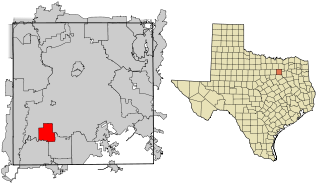
Duncanville is a city in southern Dallas County, Texas, in the United States. Duncanville's population was 38,524 at the 2010 census. The city is part of the Best Southwest area, which includes Duncanville, Cedar Hill, DeSoto, and Lancaster.
